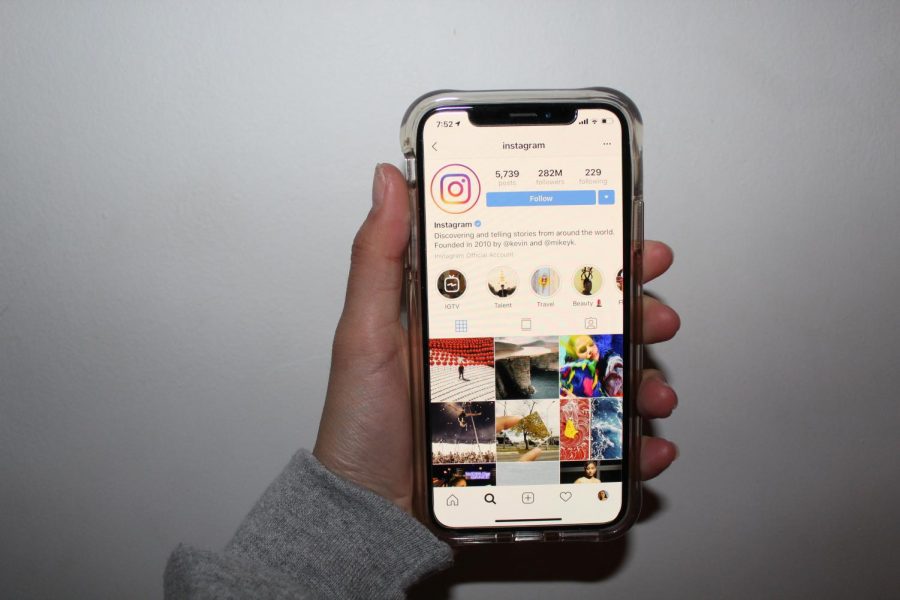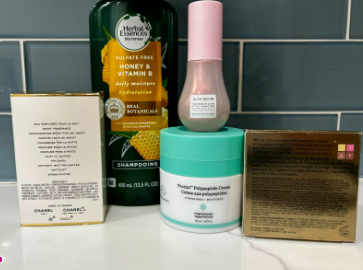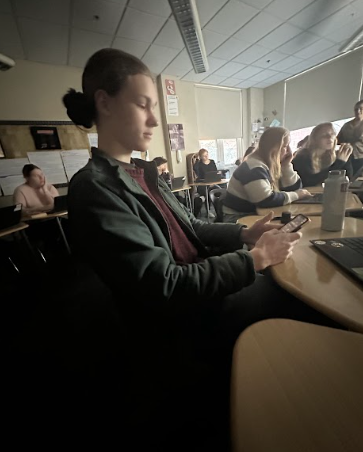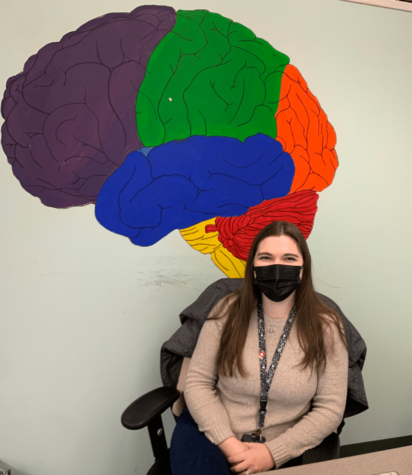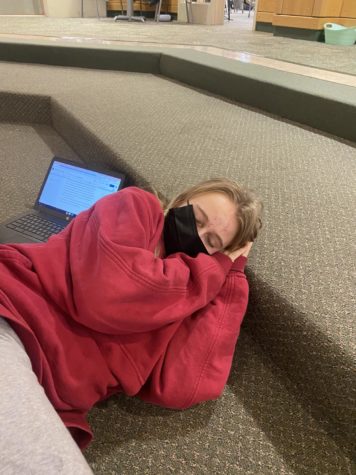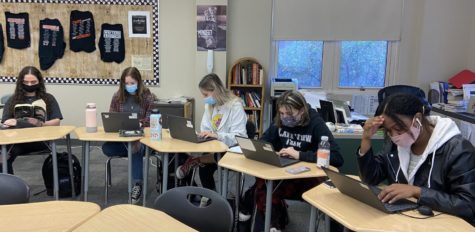The Social Media Addiction
March 14, 2019
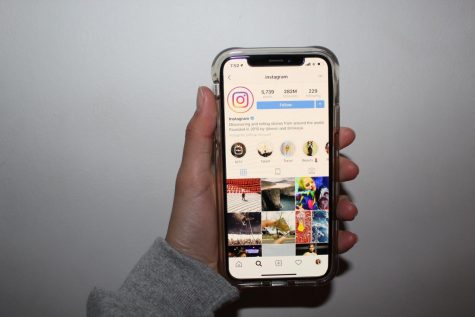 When you think of addiction, what pops into your head first? Is it alcohol addiction or drug addiction? What about social media addiction? After participating in Ipswich High’s school wide Digital Detox, I decided to delve deeper into the ongoing debate about technology, specifically focusing on social media.
When you think of addiction, what pops into your head first? Is it alcohol addiction or drug addiction? What about social media addiction? After participating in Ipswich High’s school wide Digital Detox, I decided to delve deeper into the ongoing debate about technology, specifically focusing on social media.
Social media has become a worldwide phenomenon. In a poll conducted by Reuters Institute in 2016, research showed that 76% of 13-17 year olds use Instagram, with Snapchat following closely behind at 75%. Even law enforcement has gotten onboard with the social media wave. Law enforcement is using social media to help catch criminals. A survey conducted by the International Association of Chiefs of Police found that 85% of police departments use social media to solve crimes. Social media not only holds critical crime fighting information but also keeps people in touch. In addition, social media is good for the economy, creating a new major industry and new jobs. It is helping employers find employees and job seekers find work. One online poll reports that 96% of job recruiters use social media in the recruiting process. These are just some of the undeniable pros to social media and it has become a large part of daily life for many.
Annika Brink, junior at IHS, weighs in her opinions of social media by stating, “Overall I like social media, but try to keep myself limited.” Instagram reveals after the adding of their story feature those age under the age of 25 spend more than 32 minutes on Instagram a day. Annika is on the lower end of the social media spectrum, spending an average of 20 minutes a day on her Instagram. She says most of her friends have Instagram and almost always has her phone on her throughout the day. Annika agrees that social media is good for connecting with others that she wouldn’t see on a day to day basis but also emphasizes the dangers too. On the topic of cyberbullying, she states “people believe they can just hide behind their screens.” One of her other concerns with social media has to do with the lowering of one’s self image. She believes it’s because “there’s constant comparing” and social media “emphasizes self image too much.”
Psychology teacher Mrs. Hayoz stands by Annika’s choice to keep oneself limited, spending an average of an hour a day total on social media during the school week. As a Psychology teacher at Ipswich High, Mrs. Hayoz sees the effects cellphones have on her students in the classroom. She believes social media “can be a good thing if you use it wisely, which I don’t think a lot of teenagers today do.”
Some wise uses for social media include using it to keep in touch with friends, being able to look at the positive things others are doing, and having direct access to information. Mrs. Hayoz believes teenagers are at a higher risk of misusing social media and confirms that “social media can definitely be an addition.” From a psychological standpoint, she has “definitely seen the increase in student stress and anxiety and always being attached to their phone.” If Mrs. Hayoz was a parent, she believes there are boundaries that should be set with social media usage. She believes children are too involved in social media today and would limit her child’s phone usage depending on their age and take it away at bedtime. She agrees with Annika that one of the main issues with social media is the constant comparing of oneself to these “Instagrammers.”
In fact, research has shown that getting “likes” on a post produces dopamine or “happy hormones” in our brain, fueling our addiction. You’re viewing the best versions of other’s lives, making yours seem dull in comparison. An online source attributes our social media craving to the FOMO: fear of missing out.
The social media craze doesn’t appear to be going away anytime soon. A common misconception is that social media is inherently bad and we should cut ourselves completely off. Perhaps instead of trying to cut ourselves off we should be rerouting our social media cravings towards different outlets and promoting positive use of social media. Social media itself isn’t our enemy; it’s in the way we misuse it.

